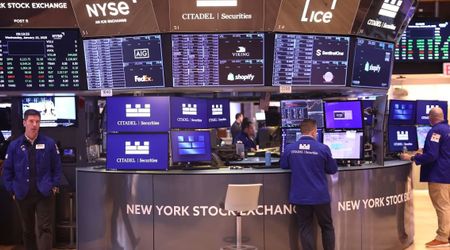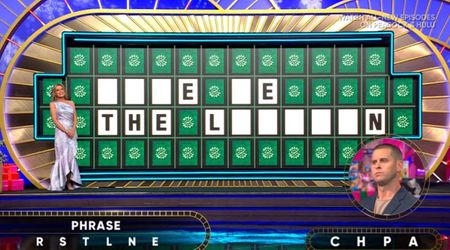Take a Look at the Factors Behind Rising Rent Across American Cities

The quest for affordable housing on rent in the United States has become a challenge with more than half of its renters already allocating more than the standard 30% of their income towards housing costs. Things are worse in cities such as New York, where the rental vacancy rate has plummeted to a historic low of 1.4%, intensifying the struggle for housing. Similarly, Boston reported a tight vacancy rate of 2.6% at the close of the previous year, with both cities boasting some of the nation's highest median rental prices.

This shortage of available apartments is particularly detrimental to lower-income households, exacerbating the hurdles they face in meeting rent obligations. The severe rent burden is evident, with 86% of New York City households earning $25,000 or less, not residing in public housing or utilizing a voucher, grappling with paying over half of their income toward rent. Lower vacancy rates disproportionately favor landlords by elevating rents, further challenging financially strained renters. Increasing the housing supply is a fundamental solution to lowering rents, yet it remains a formidable task, particularly in densely urbanized areas.
The dire need for more housing in New York City, especially for lower-income residents, is underscored by the historically low vacancy rates. The cost associated with moving also poses a significant barrier for renters. In cities like New York, the expenses involved in finding and securing an apartment have surged, with the typical cost reaching $10,000, which is almost a 30% increase from pre-pandemic levels. This hefty financial commitment, encompassing the first and last month's rent along with a broker's fee, often discourages renters from seeking new accommodations.
For an average New Yorker with a median household income of $74,694, the cost of moving consumes a substantial 14% of their annual income, excluding rent. Additional expenses like pet fees, amenity fees, or move-in fees further burden renters. Notably, the typical rental broker's fee in New York City can vary widely, ranging from one month's rent to a staggering 15% of the annual rent. This fee structure is contingent on the competitiveness of the rental market. While "no-fee" listings provide an alternative, they are often found in high-end, expensive buildings, with last year's average upfront cost for a no-fee listing reaching $8,576.

On a national scale, the rental vacancy rate is gradually improving after reaching a pandemic low of 5.6% in late 2021, standing at 6.6% in the fourth quarter of 2023. The slow pace of construction for more than a decade has contributed to the housing affordability crisis, with apartment rent growth cooling due to increased apartment building supply.
Southern states boast the nation's highest rental vacancy rate at 8.7%, while the densely packed Northeast reports the lowest vacancy rate at 4.3%. In Austin, Texas, a surge in tech and film companies has fueled population growth, historically resulting in low vacancy rates and higher rental prices. However, recent construction of multifamily buildings has increased housing availability, leading to a 5.4% drop in median rent in December, reaching $1,546. Nationally, despite the continued influx of new residents, last year saw a total of 44.3 million renter households, constituting approximately 34% of all U.S. households. Approximately 317,000 new renter households entered the market in 2023, slightly surpassing pre-pandemic growth trends.
While rising apartment vacancy rates are a positive development for renters, the construction boom of multifamily buildings is beginning to slow down. Higher costs and elevated interest rates for construction loans remain significant challenges for developers. Construction starts on new multifamily buildings plummeted nearly 40% in January compared to the previous year, and new permits for multifamily construction decreased by 27% during the same period. Developers are temporarily scaling back construction due to oversupply in certain areas, signaling a cautious approach amid evolving market dynamics.




















